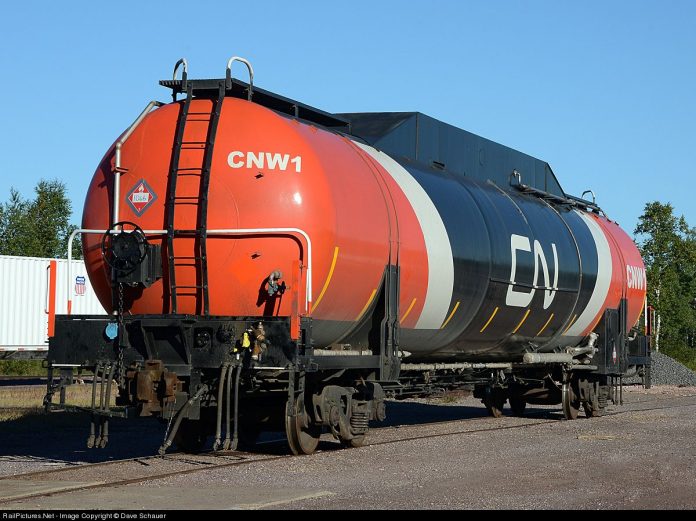Introduction to LNG
Liquified natural gas, commonly called LNG, is primarily methane (CH4) cooled to a liquified form for transportation and storage. LNG makes it possible for natural gas to be imported and exported around the world in a safe and affordable manner. In its liquefied form, natural gas is easier to transport across vast distances because it does not require pipelines. LNG can be delivered via tanker ships, trucks, and railcars due to the fact that it takes up less space than gaseous state methane.
Fracking Changes Everything: From Imports to Exports
In the early 2000s, the United States was predicted to have looming natural gas shortages. Federal policies made public lands difficult to develop for natural gas production. Moreover, production from existing wells on state and private lands was declining. Prices were high and the United States was importing LNG to satisfy growing demand.
In 2006, there were five LNG terminals in the United States, all designed to import LNG, with a capacity of around 4 billion cubic feet per day. At that time, 41 LNG projects were under consideration to increase U.S. import capacity. However, beginning in 2008, the fracking and shale gas revolution fueled a huge increase in natural gas production in the United States, which meant the United States no longer needed to import large amounts of LNG.
Horizontal drilling combined with fracking-improved production allowed U.S. producers to access large, untapped deposits of shale gas reserves and other unconventional formations that had previously been too difficult to access.
[Read the whole paper here.]
For more on LNG exports and policies, click here.


























